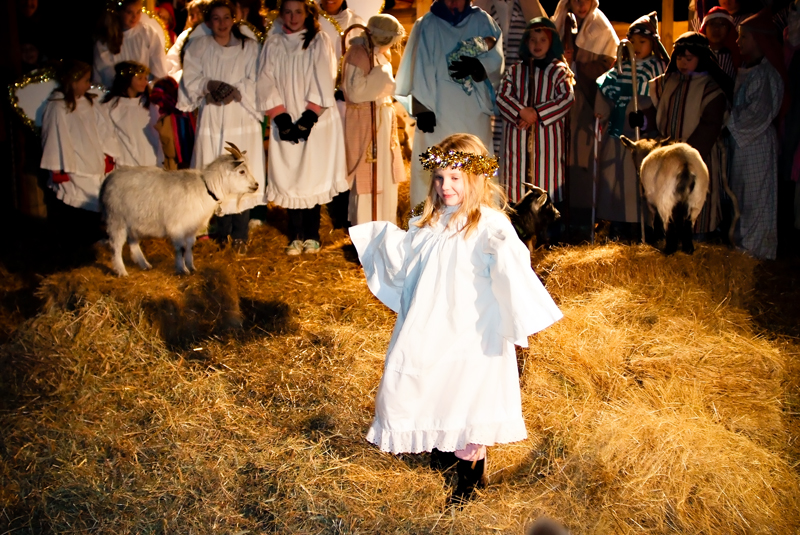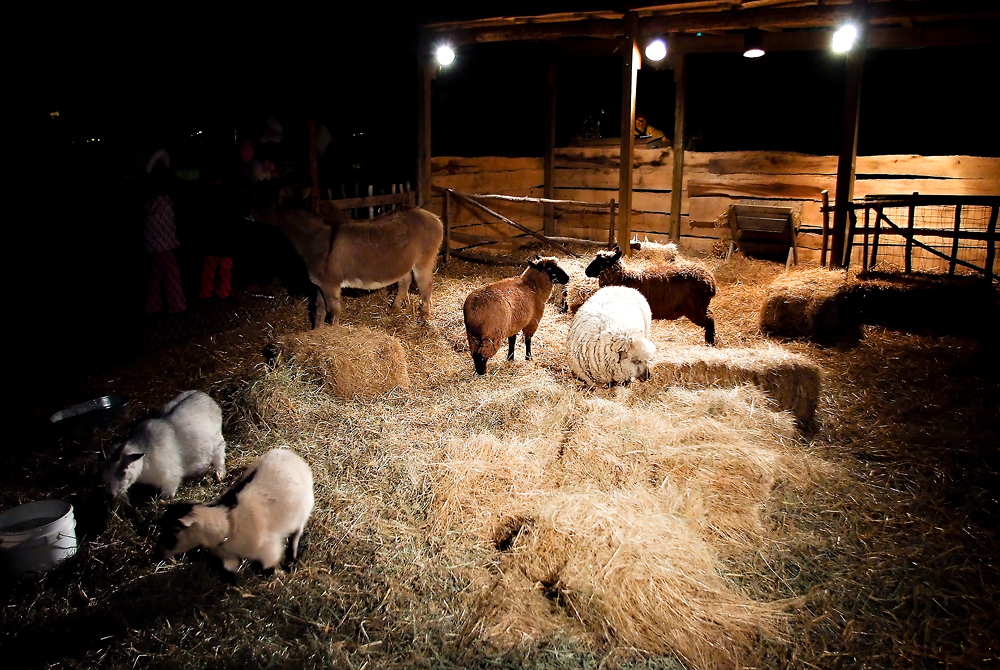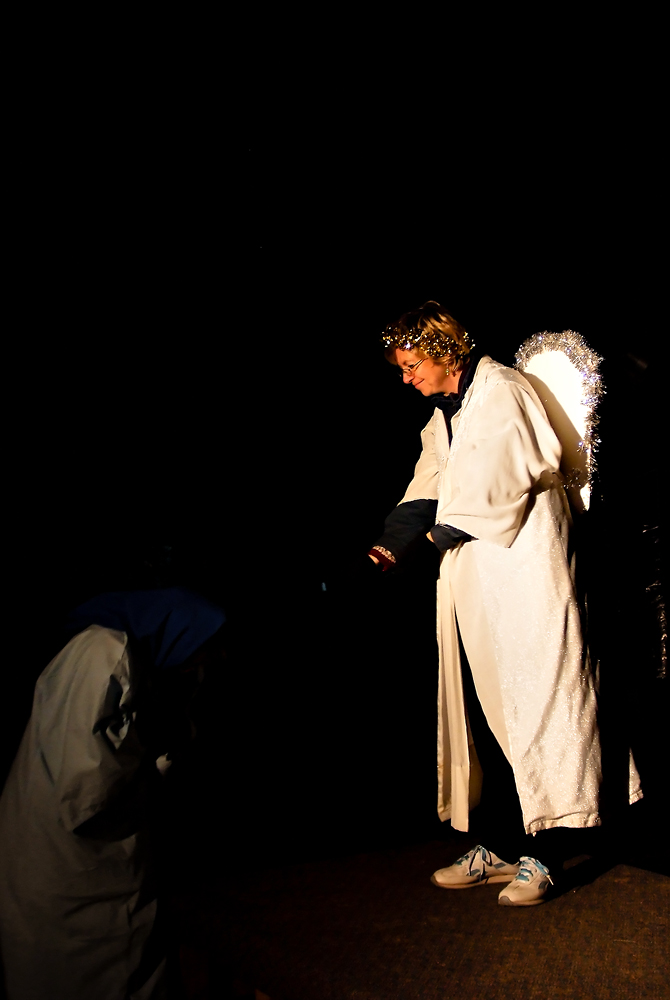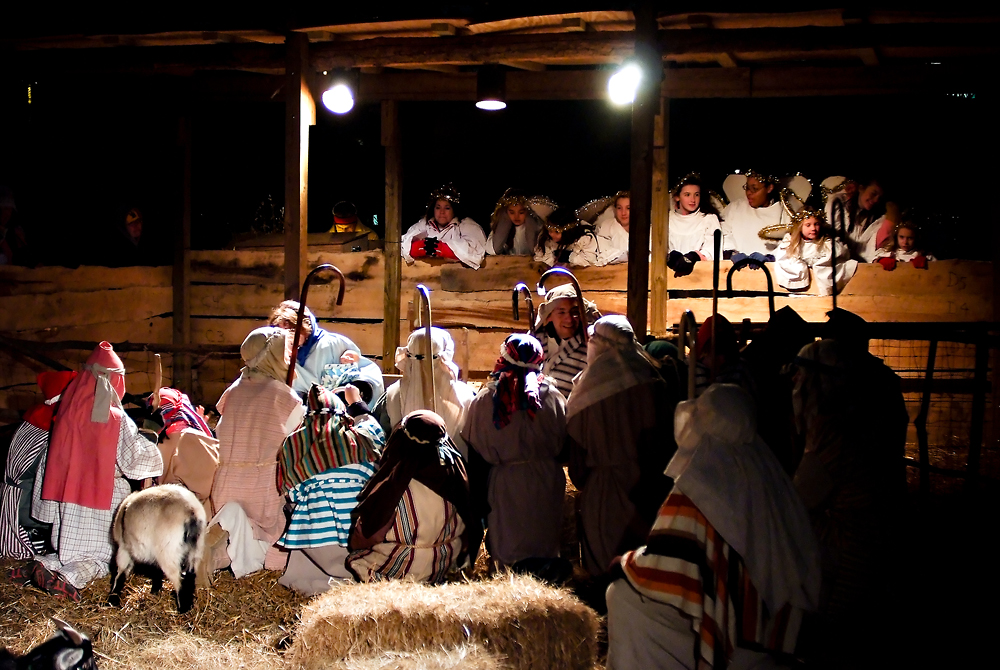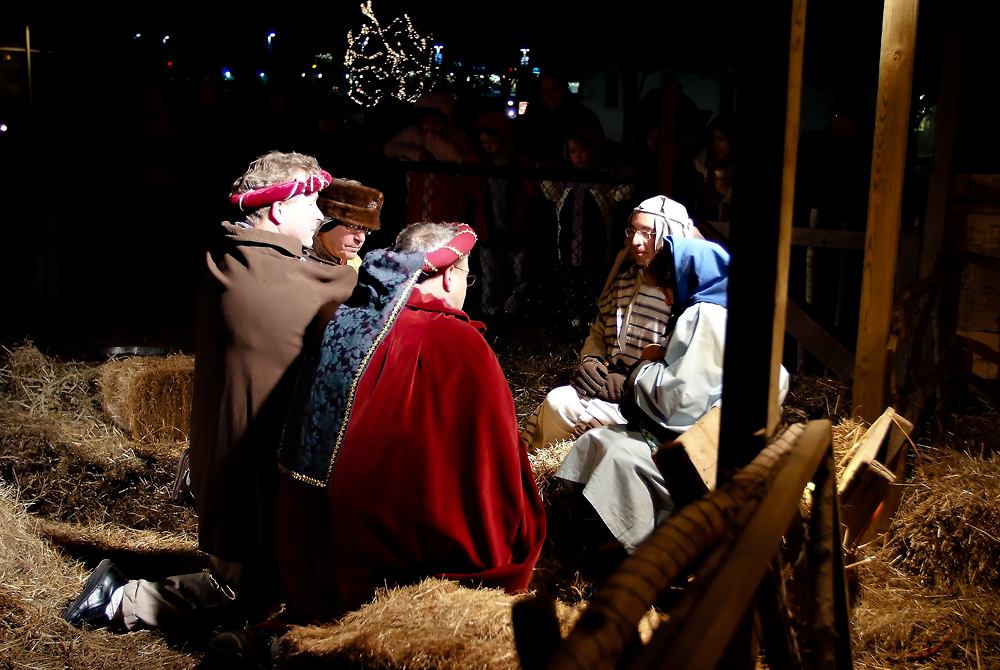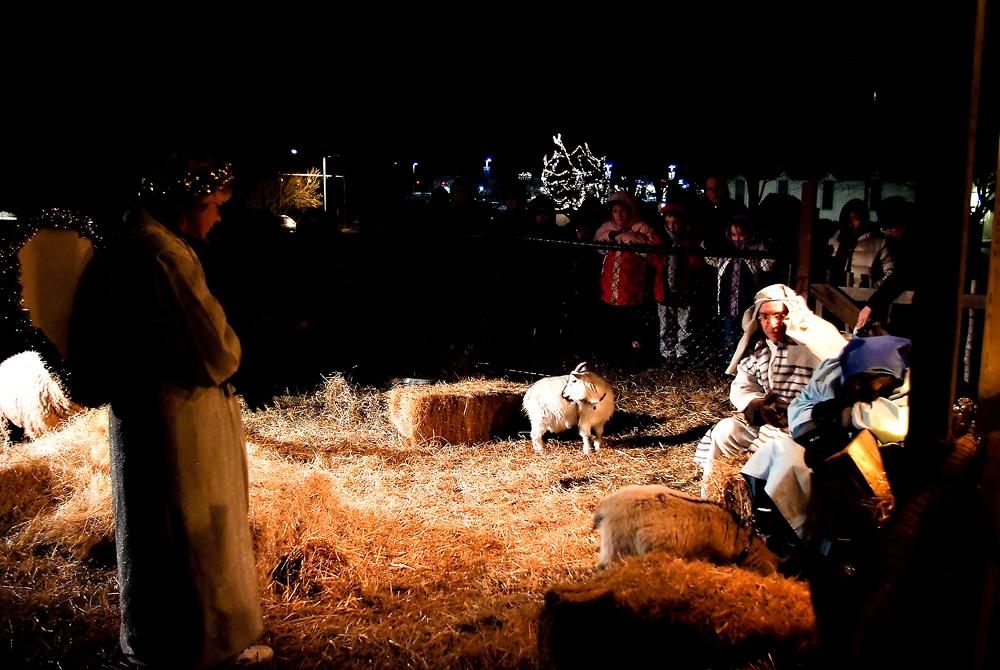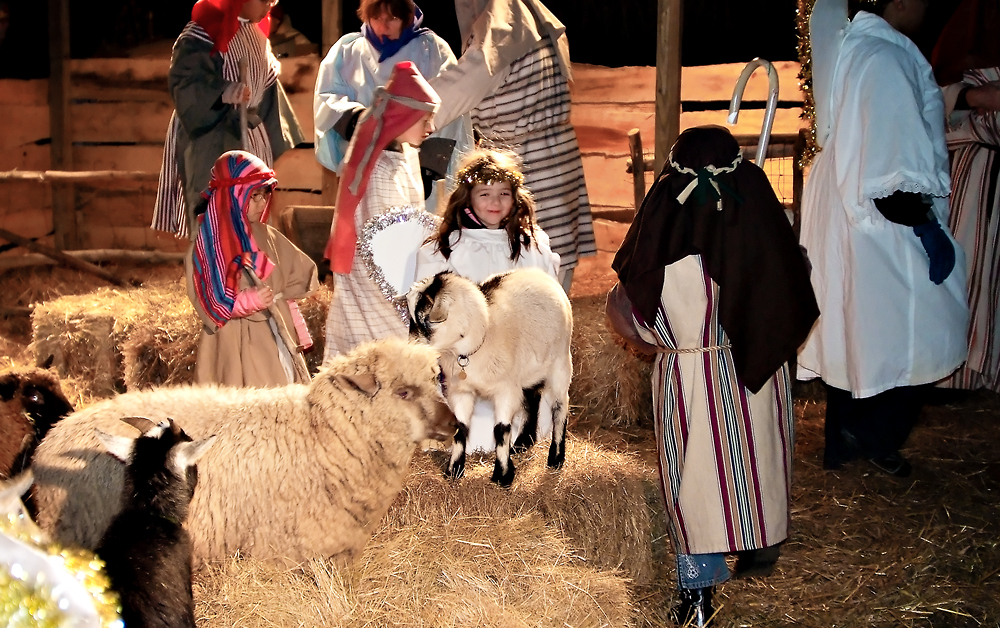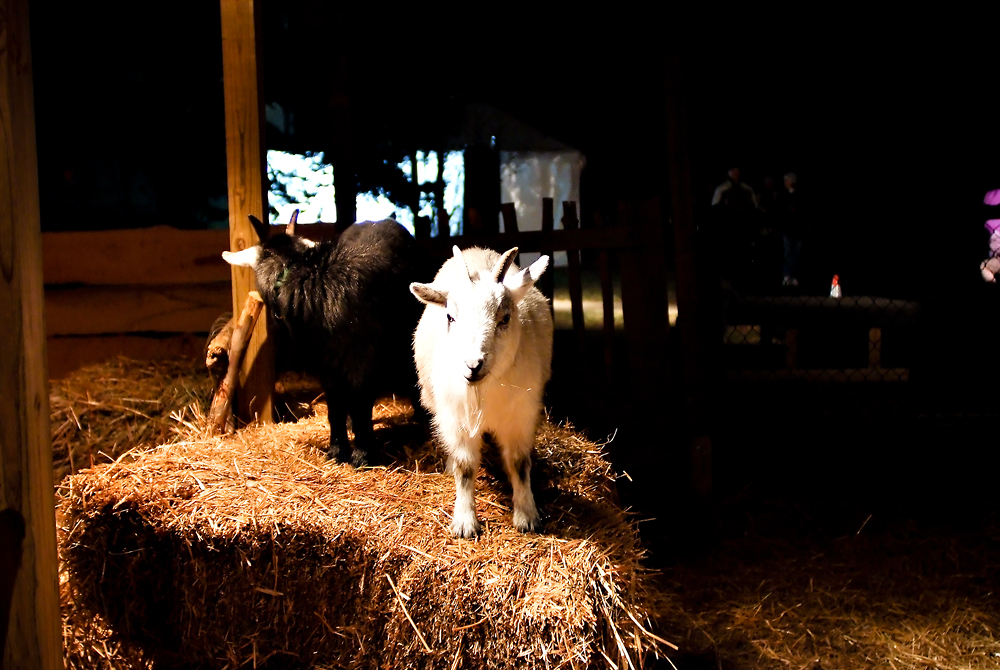이번 학기가 끝나면서,
본격적으로 Jesus in the Gospels라는 성경공부과정에 참여하게 되었다.
지난 몇 주간, 산상설교 'the Sermon on the Mount' 를 가지고 공부했는데,
이 설교를 한 마디로 요약하자면, '하나님이 완전하신 것처럼 너네들도 완전해라! (Be perfect as God is perfect!)'라는 것이다.
이와 같이 비교되는 누가복음의 'the Sermon on the Plain'은 '하나님이 자비하신 것처럼 너네들도 자비해져라! (Be merciful as God is merciful.)'
이 성경공부를 하면서, 한국에 있는 교회들을 생각하게 되었다.
지난 몇 년간 한국교회는 '네티즌의 껌'이었다.
워낙 교회에서 부끄러운 짓들을 많이 해서 뉴스도 타고 이게 또 인터넷에서 여기 저기로 퍼져나가고
급기야 지금은 기독교라는 말보다는 '개독교'라는 말이 더 익숙하게 들린다.
처음에 이런 현상들을 보고 안타깝고, 기독교를 욕하는 사람들에게 분노를 하기도 했지만,
요 근래에 들어선 생각은, 바로 기독교를 '개독교'라는 사람들이야 말로 이 시대의 예언자들이라는 생각이 들었다.
구약의 전통을 바라보자면, 항상 성전과 예언자들은 묘한 대립관계에 있었다.
성전이 왕권과 담합하여, 내어야 할 소리, 해야 할 일을 하지 못할 경우에
하나님께서는 예언자를 세우셨다.
성전과 예언자들와 관계를 지금의 기독교회와 한국의 일반인들로 확장 시켜서 생각해보면,
현재 교회는 정치권과 재계와 담합하고 있고,
어려울 수록 마땅히 해야할 구제와 선교 보다는 성전을 화려하게 치장하는 데에만 힘쓰고 있다.
그리고 한국의 일반인들, 기독교를 비판하는 사람들은 정치권과 재계와 선이 닿은 교회가 그들에게 쓴소리를 못하고 있는 것에 비판하고, 마땅히 교회가 해야 할 일을 하지 않는 교회에 분노를 쏟는다.
그러므로 내게 '개독교'라는 소리는 사람의 소리가 아닌 하나님의 소리로 들린다.
신약으로 넘어오면,
예수는 마태복음에 나타난 산상설교를 통해서,
첫째, 그 거룩함이 바리새인보다 뛰어나야 하며,
'바리새인들은 지금의 교회 다니는 사람들 그 중에서, 목회자, 장로, 권사와 같은 고위 직분자들을 말할 수 있겠다. 사실 교회의 이런 직분들에 대해서 성경적인 근거는 약하다.'
둘째, 그 거룩함을 행하는 것이 남에게 보이지 않도록 해야 하며,
셋째, 그 거룩함을 하나님이 완전하신 것 처럼 완전하게 행해야 한다는 것이다.
또한, 예수를 따르는 것은 기존 모세의 율법을 따르는 것 보다 어렵다는 이야기이도 하다.
사실, 마태 복음에서 나타나는 가장 큰 대립 구조는 예수 Vs. 서기관, 바리새인, 제사장 이다.
마태복음 23장에서 팔복말씀과 대비되는 일곱가지 화에 대한 말씀이 있는데,
이 화를 입는 자들은 대부분 서기관, 바리새인, 제사장들이다.
이유는 그들이 말은 번지르르 하면서 행동으로는 하나도 옮기지 않는 다는 것이다.
사람들에게 여러가지 무거운 짐을 지우면서 손가락 까닥하지 아니하며,
사람들한테 칭송받기만을 즐기며,
겉으로는 항상 거룩한 척하면서, 정작 율법에서 이야기 하는 정의와 긍휼을 저버리고 있다는 것,
그리고 속으로는 온갖 더러운 것들이 가득하면서 겉으로는 깨끗한 척....
이 이야기를 지금의 시대로 가지고 오면,
교회에서 퍼져나오는 설교는 항상 사랑이 넘쳐나오나
나그네와 불쌍한 사람들을 박대하고
교인들이 정말 힘들게 일한 헌금을 가지고 아무렇지 않게 쓰는 일부 목회자들
'목사'라는 호칭에 '님'자 안붙인다고 얼굴 붉히는 목사놈들
교회의 수천만원짜리 장비 들이면서 구제하는 데 쓰는 돈을 아끼는 교회들
교회 교인이 뻔히 잘못된 행동을 하는 데,
헌금 많이 내는 교인이라 찍소리 못하는 목회자들,
이 이야기는 내가 하는 소리가 아니라 바로 한국의 일반인들, 교회에 다니지 않고, 교회에 비판적인 사람들이 하는 이야기들이다.
개인적으로, 이 이야기와 예수의 말씀과 아주 많이 비슷하다고 생각하는 것은 나만의 비약일까?
난 아직도 하나님이 한국의 교회들을 사랑하고 있다고 생각한다.
그렇기에 한국 사회를 통해서 교회를 향한 메세지를 여러 방법으로 들려주신다고 생각한다.
지금의 한국 사회는 교회에게 요구하기를 '상식이상으로'행동하라고 한다.
적어도 교회이니 보통 사람들이 가진 도덕적 기준보다 조금이라도 더 높길 바란다.
그 만큼 교회가 많이 타락했기에 요구수준도 같이 낮아진 것 이리라 생각한다.
만약 교회가 그런 기대치를 저버리고 계속해서 타락의 길을 걷는 다면,
예언의 소리와 기대도 그치게 될 것이고,
결국에는 버려짐을 받을 것이다.
마태복음의 예수는 우리에게 '완전해져라'라는 요구를 한다.
'완전해질 수 있을까?'라는 질문을 하기 전에
완전하도록 노력을 하는 내년이 되기를...



